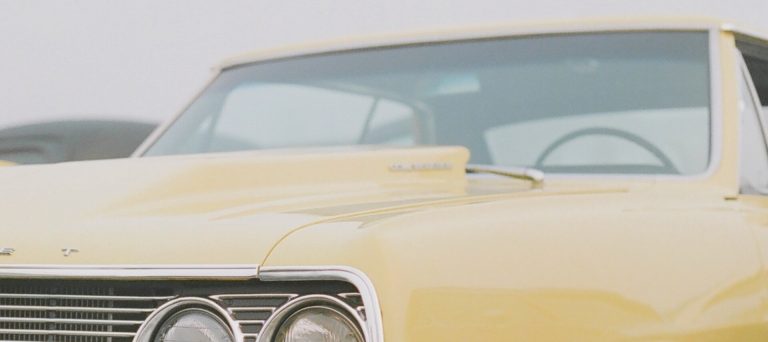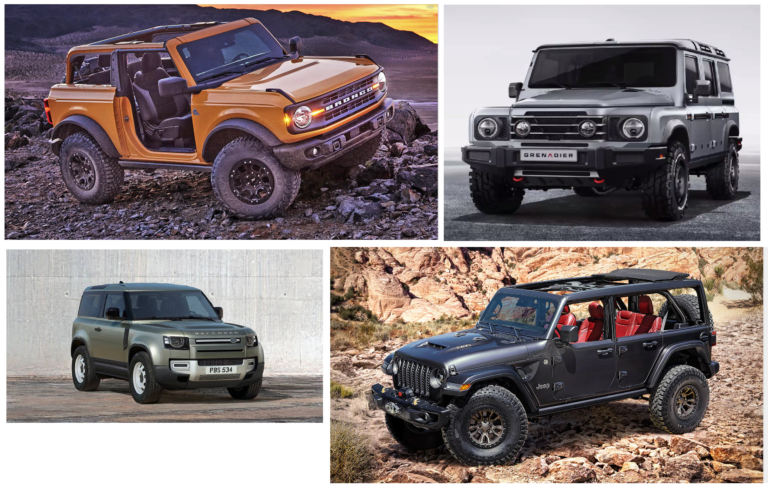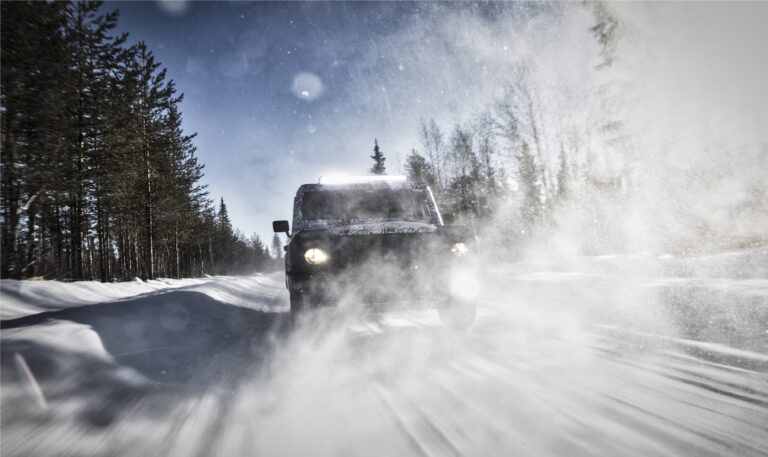I am an ardent reader of your motoring column on DN2 every Wednesday.
I intend to get my first car — a used car — and your expert advise will help inform my decision.
I’m considering either a Toyota Wish, 1800cc, Year 2004 or Nissan X-trail. 2000cc, Year 2003.
The reason am looking at Toyota Wish is it’s sitting capacity for seven passengers and therefore ideal for family outings while the X-Trail offers me off-road capabilities whenever needed.
The car will be 80 per cent town drives and 20 per cent off-road adventures. Other than differences in off-road handling capabilities, please advise on differences in:
(a) Fuel efficiency and consumption Km/l.
(b) Maintenance costs — I have very lean maintenance budget especially on parts.
(c) Reliability
(d) Ease in handling, stability, comfort and speed.
Looking forward to your kind response.
Mukaria.
a) The Wish is generally more economical than the X-Trail but the absolute figures will depend on how and where you drive, and how often you carry seven people in the car. Expect anything between 7km/l and 15km/l for both.
b) A “lean maintenance budget” is not going to do you any favours in light of the fact that you are buying a used car that has already seen thousands of kilometers of service in another person’s hands. Breakdowns WILL happen, and a lean maintenance budget might not be sufficient to keep the car in good working condition.
A particular sore point is the X-Trail’s automatic transmission that fails with alarming certainty; replacing it will be an exercise in six-figure expenditure.
c) Reliability: see b) above. You are buying a used car. Its reliability will depend on how well the previous owners maintained it. Again, that being said, the X-Trail is more of a garage queen compared to the Wish.
d) Handling, stability, comfort and speed: don’t expect anything like an Evo in terms of handling, stability and speed. Both cars will reach 180km/h before the electronic nanny interferes, and both cars will crash spectacularly if you try cornering in them at that speed.
Comfort: the X-Trail has more room inside and a bigger glass-house, so it is generally a better place to be in. A Wish seven-deep with humanity is like a school bus.
Hi Baraza,
There is something you didn’t address comprehensively on January 3.
It had to do with fuel gauge (level) light going on before and after refuelling. I noted the same anomaly recently where the light came on and I refilled with 4.55 litres of fuel two kilometres on.
However, I noted the light came on again after driving for about 15km.
Could the vehicle have spent the 4.55 litres to do 17 kilometres whereas it does 10km/l-11km/l?
The road gradient was not significantly different so as to affect the fuel ‘positioning’ inside the tank.
L. Magambo.
There is one thing you need to understand here, and that is the internal design of a fuel tank. It is not just an empty can with a hole at one end for filling it and another at the other end for emptying it.
There are baffles inside it.
These baffles are like small walls; ramparts if you will, and their main function is to still the fluid and prevent it from splashing about in the tank.
The splashing about may cause bubbles which, when fed into the fuel lines, will cause vapour lock which in turn cause stalling and sometimes may lead to injector damage.
The splashing about may also cause fuel starvation: this is a common problem in sports cars with high performance capabilities, such as an Impreza STi or a Nissan GTR: the lateral G when cornering, or longitudinal G when accelerating hard/braking forces the fuel to one side/wall of the tank and if it so happens that the fuel is forced away from the outlet/fuel pump, then fuel starvation occurs and the car goes off.
Much as they are prevalent in performance cars, you do not need a high-strung race car to experience these problems. They can also be faced in lesser vehicles, hence the baffled tank design being universal. These baffles have another effect, though:
They form little “pockets” of fuel when running low and this is where gauge accuracy is slightly lost.
The sensor is a rheostat attached to float device which is in turn attached to the tank wall.
When refilling, small amounts of fuel such as four and a half litres may not be spread out evenly through those “pockets”. Depending on the splash patter when refilling, shape of the fuel tank and size/severity of the tank baffles, the fuel gauge may lose accuracy by quite a margin.
It may show a considerable jump in fuel level, or it may show none at all. It is not 100 per cent accurate, and this is why you will never come across a highly calibrated fuel gauge indicating exactly how many litres of fuel there are in the tank.
Some cars may have the fancy gadgetry telling you how many kilometers of driving you have left with the fuel at hand but none of them is ever dead right, it is always pessimistic so that when it finally reads zero, you are still in motion and your hopes get lifted.
So, no, your car does not do 4km/l. To get an accurate reading, fill the tank up to the brim (automatic cut-off point for the fuel hose), take note of your odometer reading then drive around a little. It doesn’t matter how far you go, but the further you drive, the more accurate the outcome.
Preferably, keep going until when almost empty, then fuel up; again brimming the tank. Take note of the number of litres that will go into the tank before cut-off.
Take note of the new odometer reading. Your very accurate fuel economy figure will be (Odo’ reading 2 – odo’ reading 1) divide by the number of litres taken it at the second fuel stop.
Hi Baraza,
I was happy to bump into you at Kiamburing TT. Do tell, where and when is the next one? I drive a 2.0 D4 ZT Caldina, full time 4 wheel drive.
It has excellent leg room and a spacious boot and it’s performance on slippery/muddy areas is quite good.
However, I am a speed maniac and the car regularly disappoints me in this area. When driving against the VW Passat, ‘government model’ (for lack of better term) and the sleek Mark X, I noticed they pick up much faster than my car.
Now, I am thinking of trading my Caldina later in the year with either of the above but please compare and contrast the two (Mark X and VW Passat) in terms of comfort and performance both on highway and off-road. Reliability and durability as well as ability to drive in a semi-muddy area.
Do they have front wheel drive version or even 4-wheel version and if so, which models? What of the ability to pick up/accelerate to speeds of 180km/h?
And finally, Does any of them have a semi-automatic (tiptronic) gearbox.
Simon.
I’m glad I made your day. The next Kiamburing is still in the pipeline and dates are tentative but we are looking at end of April. This is owing to a busy motorsports calendar this year and seeing how a large number of the people involved have overlapping duties across discrete events, we thought it best if each race had its own date.
This also allows for fans to maximise on their indulgence and not have to be forced to choose between one event and another should they happen to fall on the same date.
Onto your question, The Mark X is a beast. I have been running around in one in the recent past and the way it pulls on a wide open throttle beggars belief for a car that heavy and that laid back.
Perhaps it should have been born as some form of semi-F Sport Lexus than a run-of-the-mill Toyota.
You may have to specify which particular model of VW Passat you had in mind, because there are quite a number of iterations with drivetrain variations and engine variations.
I’m guessing you got monstered by a 2.0 litre turbo.
The two cars are broadly similar in comfort and performance (though performance will be heavily dependent on what engine the Passat has) but the bias is towards the Mark X.
That car really goes like a bat out of hell, relatively. Comfort may favour the Passat a little: I found the Mark X’s driver area feeling cramped — it’s not actually cramped, it just feels like it, and the electric seat adjustment takes a while to shuttle back and forth on its rails.
Reliability: Toyota. ‘Nuff said
Spec Levels: Passat. It can be had in a myriad of flavours with choices of engines, transmissions, drivetrains, colors, body styles (Passat CC, anyone? Estate, maybe?) and sub-models.
For more details on these, please visit the internet.
Tiptronic transmission: both are available with Tiptronic-style manual overrides on automatic transmissions. In the Passat, it is an option, in the Mark X it is standard.
Dear Baraza,
I imported a Range Rover Sport 2007, with a diesel engine from the UK some six months ago and it experienced total engine failure within four months.
I have since heard of a few other cases with the same make of car.
I was informed that it has something to do with the diesel fuel available in Kenya. How true is this?
Robert Omwando
At the risk of drawing the ire of the British/Indians, I will say this is more of a Range Rover problem than a Kenyan problem.
That being said, whenever you buy a second hand car, especially one as expensive as a Range Rover Sport, details like FSH are very important. FSH is Full Service History.
Range Rovers are not the most reliable cars out there, but their unreliability can be partially circumvented.
One can delay the inevitable through good care and proper maintenance.
Diesel-powered Range Rovers are not any worse than their petrol-swilling stable-mates, if anything; a diesel Range Rover is the thinking man’s option.
The right engine will still run with the petrol version and return economy and environmental friendliness.
There are many diesel-powered Range Rovers still running on our roads. The word here is “maintenance”.




